![]()
Accrington during the mid-to-late 1800’s had managed to find itself immune from murder whilst all around them in places such as Haslingden, Blackburn and Burnley had for some strange reason found themselves to be hotbeds for crimes that many seemed beyond comprehension.
And whilst a serious crime that had resulted in the murder of a little girl named Henrietta Leaver had occurred in 1881, Accrington had been a relatively quiet town in terms of murder.
But this would come to a shuddering halt when, on Tuesday the 18th September 1894, a tragedy would rock the town and especially the residents living along Hyndburn Road.
Elizabeth Greenwood, sister-in-law of Mrs. Alice Hannah Farrar of number 43 Hyndburn Road, after having passed by Mrs. Farrar’s house at around 8.30am, had noticed that the blinds in the windows were still down, and knowing that the children’s school was some distance away, it was out of character for the house to seem dormant at that time of morning. Elizabeth, curious as to why the house seemed so silent made her way to the front door but despite knocking several times, she got no answer.
Having no joy, she made her way to a neighbours house, and upon acquiring a key from a lady by the name of Mary Elizabeth Jackson, she opened the front door and along with Mary, they made their way in. After looking and finding no-one around, both women then made their way upstairs and to the dreadful scenes from within the front bedroom.
Shocked by what they had found, Elizabeth and Mary ran down the stairs and out into the street, with Elizabeth shouting, “She has killed her children!”
James Fell, a labourer from number 47, alarmed by the loud screaming that was coming from outside, left his house and made his way down towards number 43.
Nearby, a corporation workman who was making his way along the thoroughfare also heard the agonizing screams, and without having to enter the house, he had a horrible feeling something was seriously wrong. He quickly made his way towards Blackburn Road where he met police sergeant, Robert Bale.
Bale hastily made his way to Hyndburn Road and to number 43 which was by this time surrounded by a large number of people. Upon entering the house and rushing up to the bedrooms, he was confronted with an unspeakably horrific sight.
Lying on a bed, and at the nearest side to the bedroom door was eight year old, Esther Hannah Farrar. Her throat had been cut and it was obvious she was dead. Next to her lay two other girls, Elizabeth and Isabella, aged six and four respectively, also with their throats cut and with an open razor covered in blood lying next to Isabella. Luckily, both Elizabeth and Isabella, had survived the attack on them – just!
At the foot of the bed, Alice Ann Farrar, mother to the girls, was found to be laying down. Her clothes covered in blood and she seemed to have a rope tied tightly around her neck.
As Bale knelt down in front of her, Mrs. Farrar, in a droning voice asked, “What’s to do, What’s to do?” to which Bale replied, “I don’t know yet.” Strangely, Alice said, “I want to go to my mother.“
Panic and mayhem had begun to set in with curious bystanders all wanting to gain entry into the house to see for themselves what had occurred. Rumors had quickly began to filter into the town with more people hurriedly making their way to number 43.
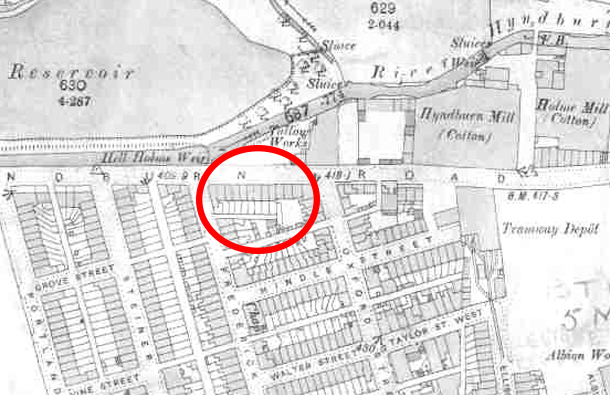
Old Map 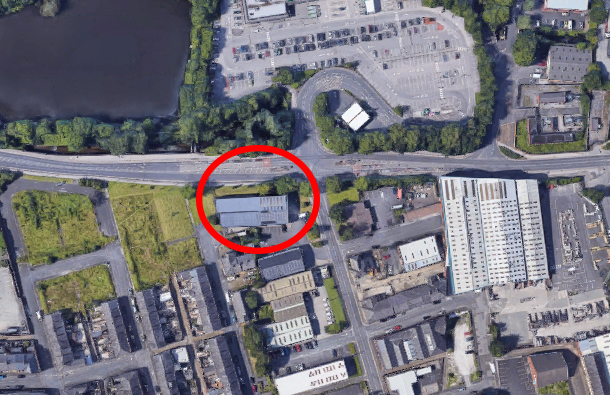
Google Maps
Elizabeth remained outside being comforted by bystanders. James Fell, on the other hand had walked over to where Mrs. Farrar was still lying on the bed. She slowly began to raise herself up using her right arm. It was clearly obvious to James as well as Police Sergeant Bale that she was in a daze as she looked at them in a frightened manner, and she did not appear to understand the true extent of the injuries which she had inflicted upon her children.
Shortly afterwards, Mrs. Farrar would be escorted downstairs to the living room where she would also be comforted by neighbours. Both Elizabeth and Isabella at the same time were removed to number 41 where Police Surgeons Geddie and Dr. Cowie would soon arrive to dress their wounds before sending them off to Blackburn Infirmary.
Meanwhile, Richard Farrar, husband to Alice and father to Esther, Elizabeth and Isabella had been summoned from work but having been told of the nature of the crime, he was refused entry into his own house. He arrived just as Alice was being transferred into a cab by the police. Visibly upset at what he was witnessing, he was taken to his sister’s house, Elizabeth Greenwood, at number 47 Steiner Street.
Dr. Geddie would then make his way next door to number 43 and to where he would find the dead child. On the bed, Esther Hannah Farrar lay. She had been dead for around 2 to 3 hours after having her throat cut and seemingly whilst she was asleep. The wound was approximately 3.5″ long, extending from the center of the throat, 2.5″ one way and 1″ the other. The jugular vein and the muscular fibers of the neck were completely severed and death had taken place very quickly, probably in less than a minute.
Alice Farrar would be later taken into police custody and escorted to the nearby police station that was just off Oak Street, Accrington. Whilst there, Dr. Geddie and Dr. Cowie would tend to the wounds that she had made from cutting her own throat.
Having spoken to Alice, Dr. Geddie would later tell at the forthcoming inquiry that she had told him that she was afraid someone was coming to take her children from her. Dr. Geddie asked her if anyone had attempted to do so, to which she replied, “No! But I’m afraid of the circus and theatre people.” She would also remark that she was glad her daughter was dead, for she knew where she was, whilst expressing regret that her two other children were not dead.
Alice was in a weak and exhausted condition, speaking in almost a whisper. She would also say to Dr. Cowie, who at this time was trying his best to stitch up her throat, that she wished she was dead.
The Coroner’s inquest would take place during the afternoon of Wednesday, 19th September. The jury composed mainly of tradesmen from Accrington with their foreman being Mr. Daniel Welsh, a tailor and draper residing at number 28 Blackburn Road.
Mr. H. J Robinson, would remind the jury that they were not trying anyone, as those formal proceedings would be done elsewhere. They had to simply satisfy themselves whether or not there was sufficient evidence to justify a verdict of willful murder against Alice Farrar.
Looking pale and haggard but surprisingly, and considering the conditions surrounding her and why she was there, her appearance was one of being calm and collected. Dressed in a black cloth dress and clogs, she stood in the dock listening to the statement being read out by Chief Constable Mr. James Beattie. But as the proceedings wore on, she became dazed, and it seems her mental state would not allow her to fully realize the awful gravity of her actions.
She was formally charged and placed on remand until Tuesday, 2nd October. After leaving the dock, Alice was placed into a cab and removed to Preston jail. Her husband, Richard, was allowed to speak to Alice in what was a pitiful scene as they both embraced each other and cried mercifully. He would ask her, “What made you do this?” to which Alice replied, “I could not help it.“
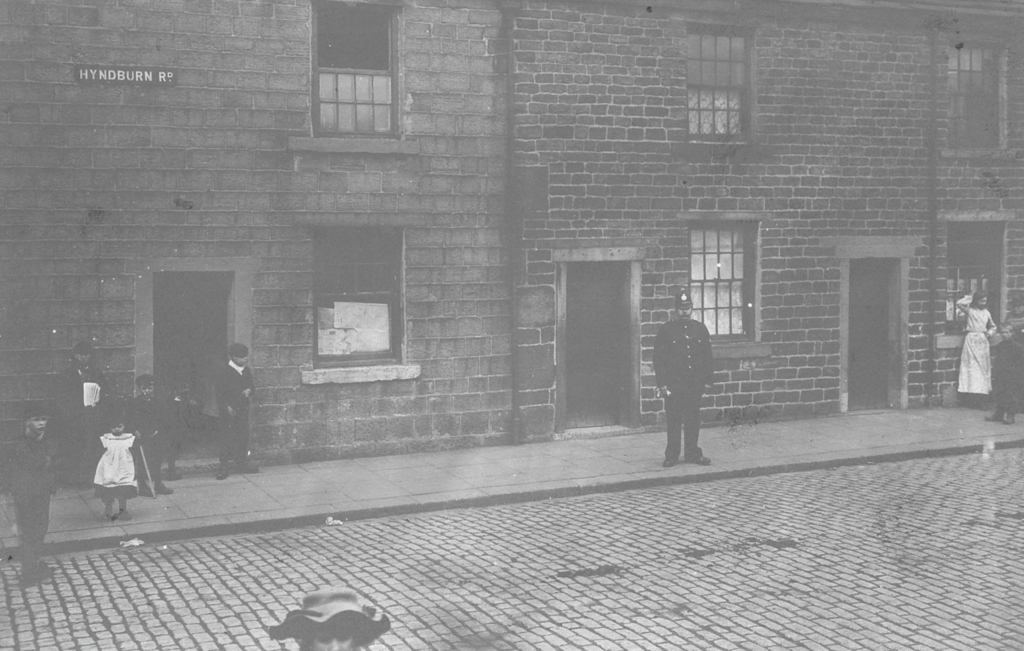
Hyndburn Road 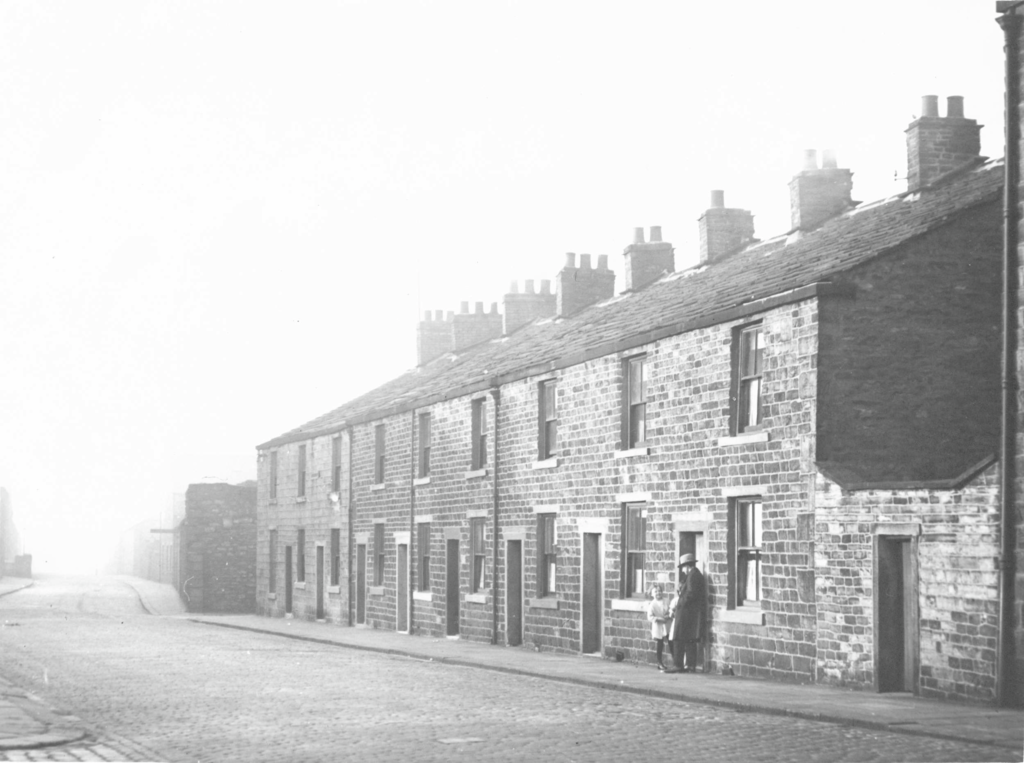
Hyndburn Road
On the 2nd October, Alice would be brought back from Preston and placed within the docks at Accrington Police Station before the Mayor, Mr. Frederick N Haywood on the capital charge of murder.
Richard James Farrar, husband of Alice was a yarn dresser by trade who worked at a dye works for the Steiner company, and he would be the first to be called in front of the jury. Overcome with emotion, in answer to the coroner, he would say that he resided at number 43 Hyndburn Road. Along with Alice, aged 31 years, they had lived there since Christmas 1892, having relocated from Bacup where they had lived for all of their lives up to that point. They had been married for 10 years and in that time had had 5 children, three of which were alive at the time on the morning of the crime.
On the morning of the tragedy, he had left home at around 5.45am, leaving his wife in bed but not asleep. His deceased child slept with his other two children, Elizabeth and Isabella all in the same bed whilst he slept with his wife in their own bed that was also in the same room as their children’s.
When he left for work that morning, he locked the door knowing his wife had a duplicate key. After that, he never saw Esther Hannah alive again.
He would tell the jury that since the previous April, his wife, Alice, had been unwell and had been suffering from depression.
But on the night prior to the tragedy, Alice had been disturbed for most of the night, having at times gotten up out of bed on several occasions, but he would also say that this was a normal occurrence as some nights she was very restless.
It’s worth mentioning at this point that it seems Alice had lost another child, a baby boy, in May whom she had become attached too, and some of her neighbours had begun to think she was manifesting signs of melancholia. She was already showing signs of depression before the birth of her baby boy, but since his death she had begun acting in a strange manner.
Some neighbours even suggested that whilst it had been said by Richard that she was “one of the best wives,” she could also be a dangerous woman, and should have been watched over for many months prior to the events of 18th September.
Now, obviously all this is just hearsay and newspaper reporters at the time loved to make the most of a grisly story and this one is no different.
Richard himself admitted in court that whilst Alice usually woke in the early hours of the morning, he never noticed anything unusual about his wife on the evening they went to bed and before the tragedy unfolded. He would tell the jury that they had put the children to bed early on the Monday evening and then at around nine o’clock, both he and his wife would also make their way to bed.
Stephen Jackson and his wife Mary Elizabeth, neighbours of Richard and Alice would testify in court that they were awoken just after six o’clock from the sounds of screaming coming from the Farrar’s house. They would also recall hearing one of the children shout, “Oh mother, do give over!” They knocked loudly on the wall and then, after a short pause, a loud knock could be heard coming from the opposite side of the wall. Thinking that Mrs. Farrar had settled the children down, they thought no more of the matter and went back to sleep.
Dr. Geddie would be called before the jury. He would tell them that he had spoken with Alice whilst she was in custody within the Accrington Police Station and that she had told him she had suffered from a severe head ache on the morning the tragedy took place and that she had very little sleep during the night.
He would also tell them that she was afraid that someone would take her children off her as well as mentioning that Alice had also told him that she had a relative who had been confined to a lunatic asylum.
He would also go on to say that he was in no doubt that Alice was insane and quite unaccountable for her actions. Dr. Cowie would back up the sentiments made by Dr. Geddie and said that Alice had objected to him stitching up her throat, telling him she wanted to die.
Alice Farrar, herself would take to the stand. She would tell the jury that during the on the morning of the murder, she remembered her husband, Richard, leaving for work and it wasn’t too long after that she suffered from a sudden pain in her head which appeared to make her lose her senses. By mid-afternoon on the day of the tragedy, she had, however, realised the enormity of her crime and that she knew her eldest was dead. She then tentatively enquired about the wellbeing of her other two children as well as that of Richard.
Alice would give details as to how she came across the razor she had used to inflict the wounds on all three of her children. It was acknowledged by Richard that the one he used was always locked up and kept safely away from his children but Alice explained that the razor she used was an old one that had not been used for some time. It was jagged at the edge, and this accounted for the hacked appearance of the children’s throats.
The jury would be told that both surviving children had since recovered slightly from their ordeal and that whilst their injuries had been bad, both children would live. The youngest, Isabella had the worst cuts to her throat and whilst she had lost a large amount of blood, she would otherwise recover in due course.
Elizabeth Greenwood, James Fell and Police Sergeant Robert Bale would all make statements to the events of the previous day and it wouldn’t take the jury long to come to a verdict of willful murder.
Alice Farrar, charged with the willful murder of her daughter, Esther Hannah Farrar would be sent back to Preston Jail to await sentencing at the Manchester Assizes. She would stay silent as the charge was made against her.
Alice would never set foot in a court again as the Home Secretary, Herbert Henry Asquith, would shortly intervene. He would say that a further trial would be an unnecessary act and instead he ordered the removal of Alice to a criminal lunatic asylum. It is unclear how long she would be incarcerated for and little is known of what became of her after this.
Esther Hannah Farrar’s body would be interred within the grounds of Bacup Cemetary on Sunday, 22nd September 1894. Her body was conveyed from the mortuary at the police station on the previous evening to the home of Mrs. Taylor, one of Esther’s aunts who also lived at number 47 Steiner Street, and from eight o’clock that night until the time of the funeral, there was a constant stream of visitors all wanting to pay their respects.
The child’s countenance wore a peaceful expression, with her body covered by a beautiful shroud. The coffin made from pitch-pine also included brass mountings. An inscription was placed onto the coffin which read; “Esther Hannah Farrar, died September 18th 1894, aged eight years.”
The cortege left the house shortly before one o’clock in the afternoon. Blinds in nearly all of the houses where the cortege passed by were draped as a mark of respect and at the head of the cortege, seventeen girls all of whom were companions of Esther at the Sunday School she had attended, walked along in silence. Each of them attired in black with white sashes around their arms and all of them carrying a bunch of white flowers.
The route taken by the cortege would pass down Steiner Street, turning right onto Hyndburn Road, passing the house where the tragedy took place. From their it would turn right and onto Oxford Street and finally onto Blackburn Road. All along the route, hundreds of spectators stood in silence, many with their heads bowed down.
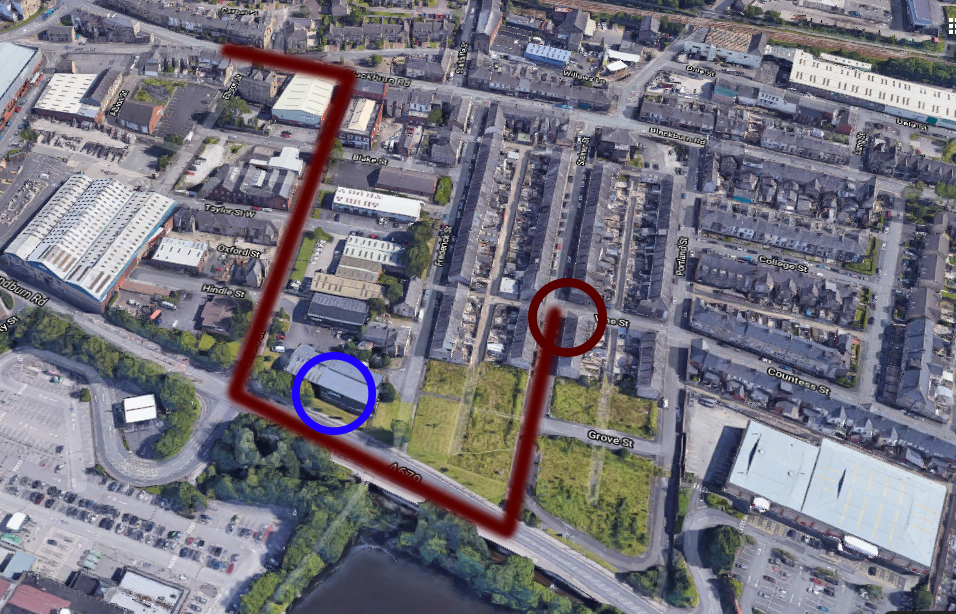
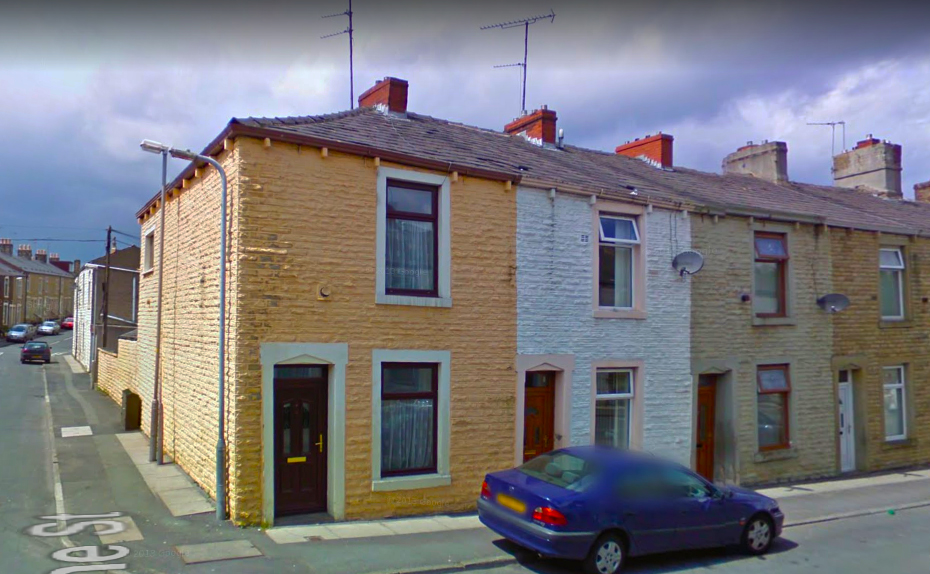
47 Steiner Street 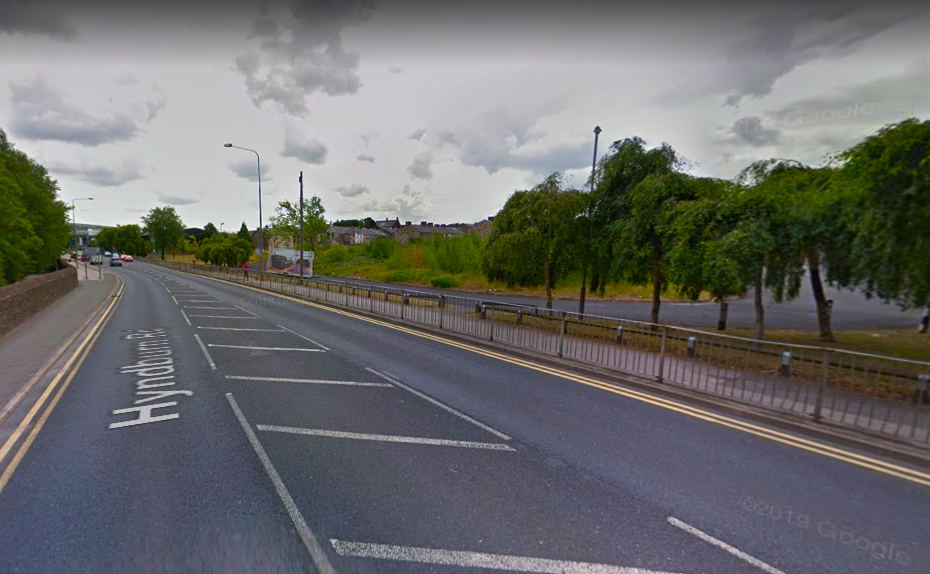
Hyndburn Road
Among friends and playmates who sent flowers were, Francis Turner, Matilda Brown, Clemintina Birtwistle and Sarah Jane Heap. Teachers of Union Street Day school also sent flowers with a card simply saying, “In loving memory of our dear Esther Hannah.”
Esther’s grave is numbered, 291.
Sources used in this story;
Blackburn Standard – Saturday 22 September 1894
Blackburn Standard – Saturday 06 October 1894
Manchester Evening News – Tuesday 02 October 1894
Sheffield Daily Telegraph – Thursday 20 September 1894
Burnley Express – Wednesday 03 October 1894
+ many more courtesy of the British Newspaper Archive – www.britishnewspaperarchive.co.uk
Please follow me on social media;
Twitter – https://twitter.com/dohpods
Instagram – www.instagram.com/dohpods

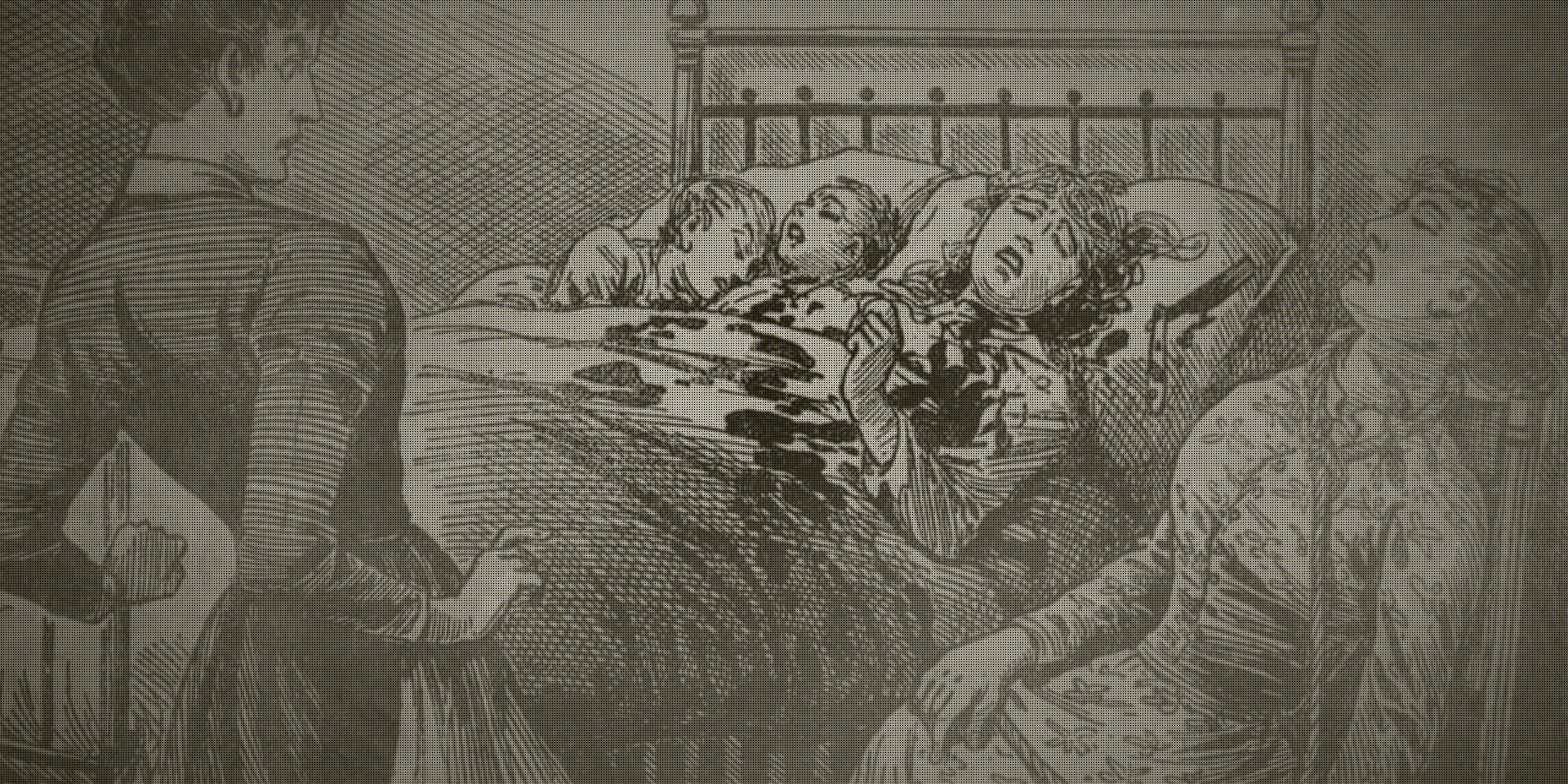
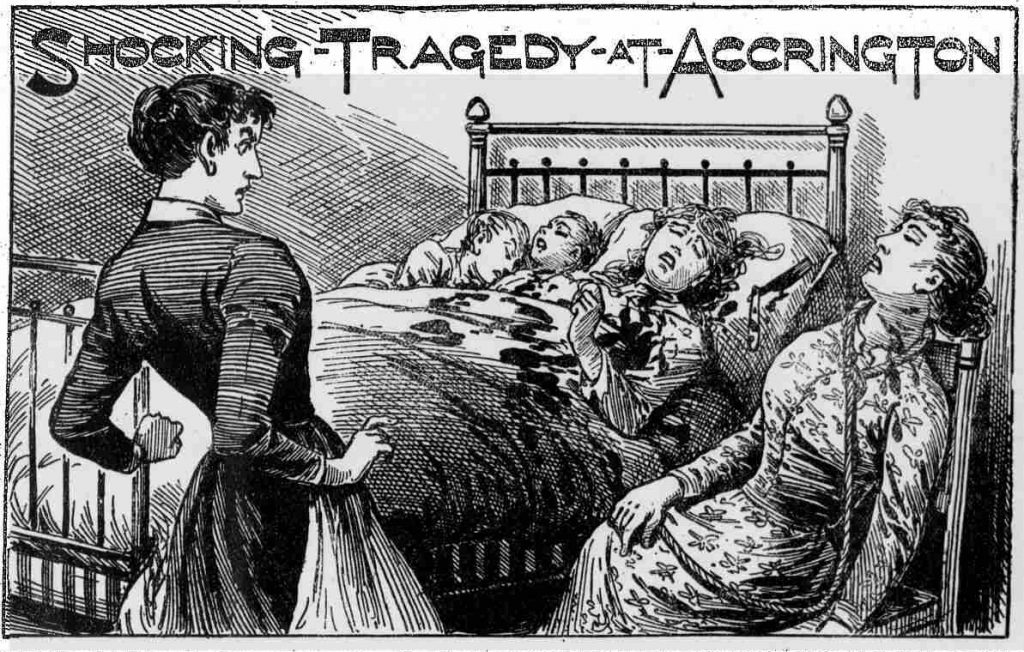
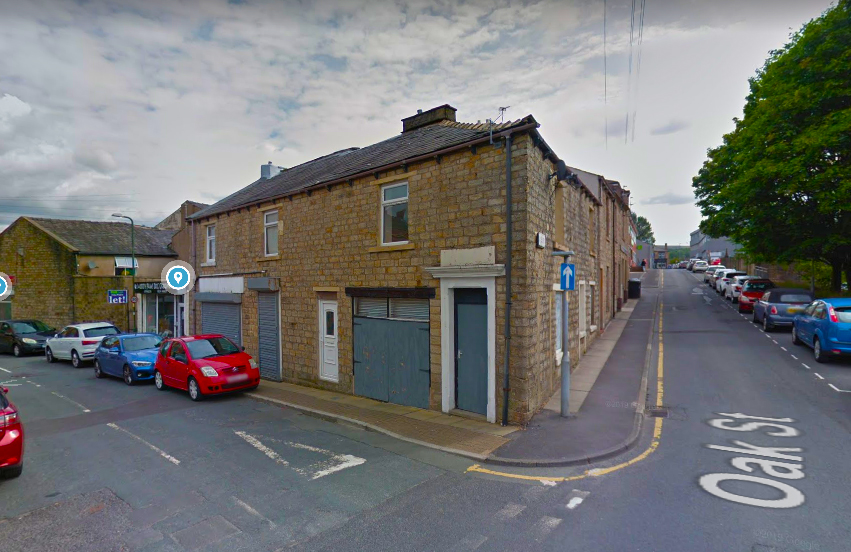
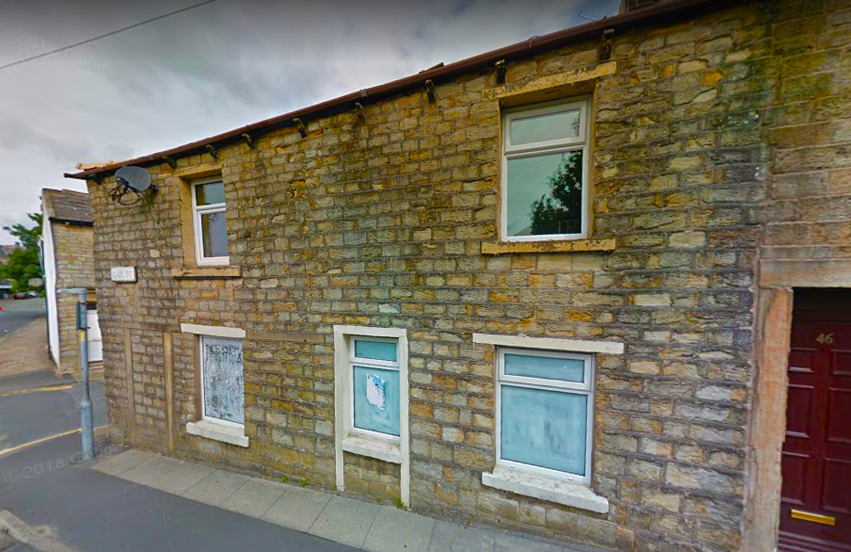
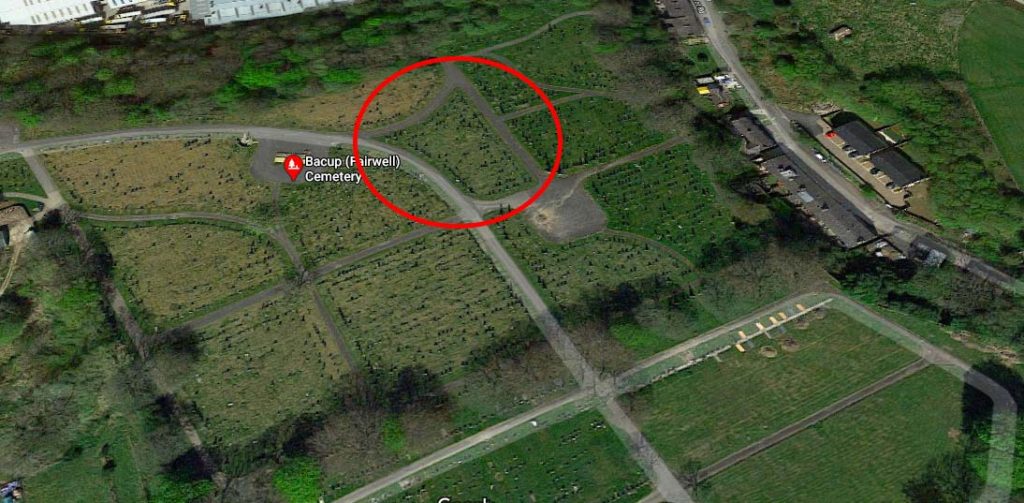
Leave a Reply